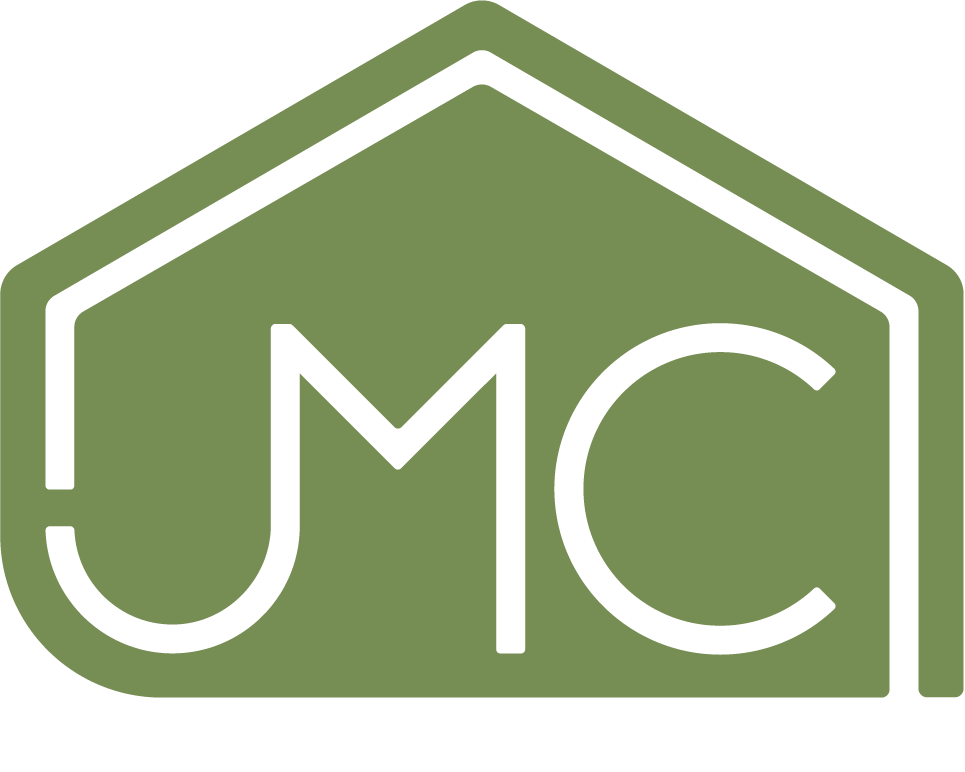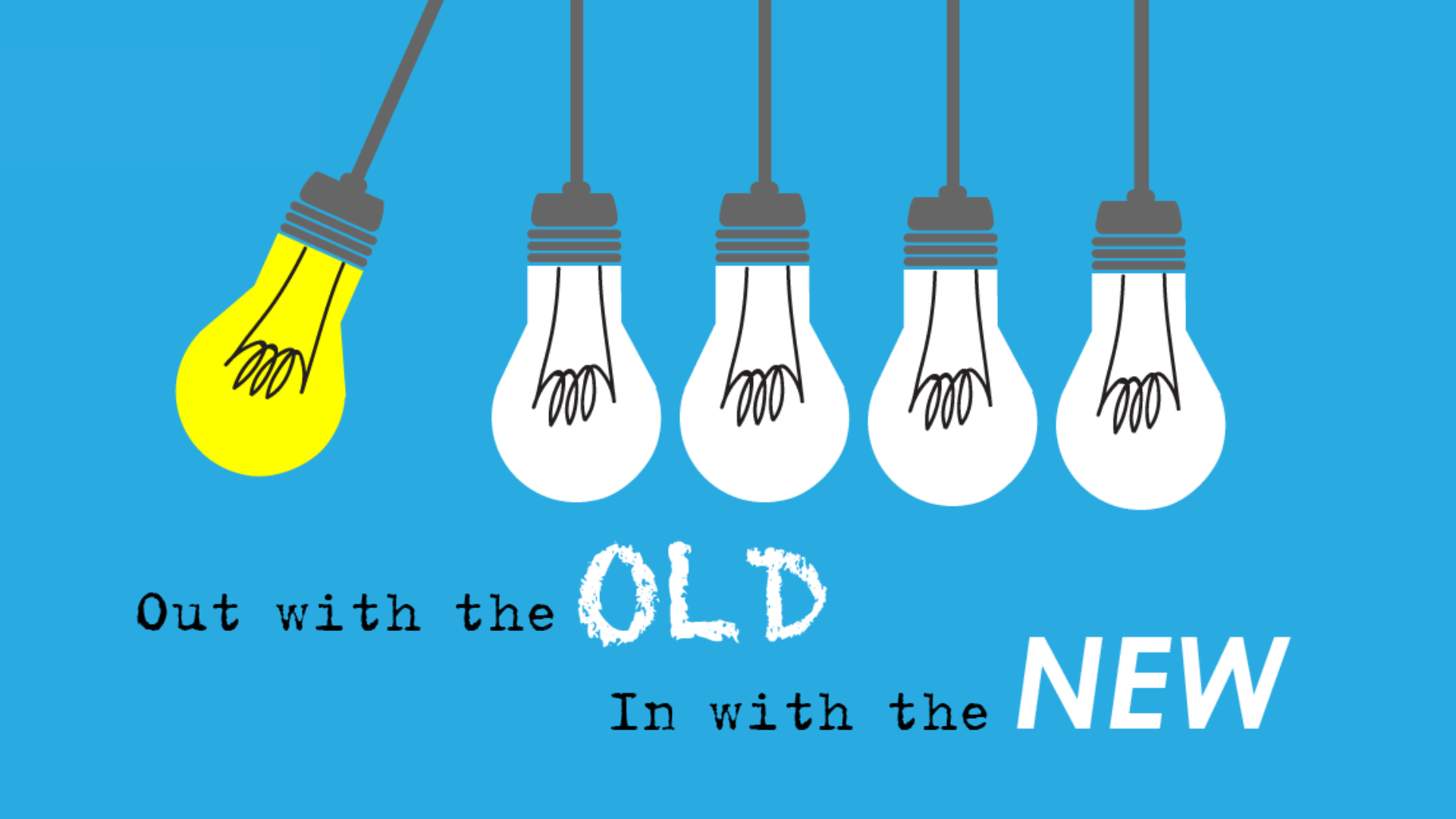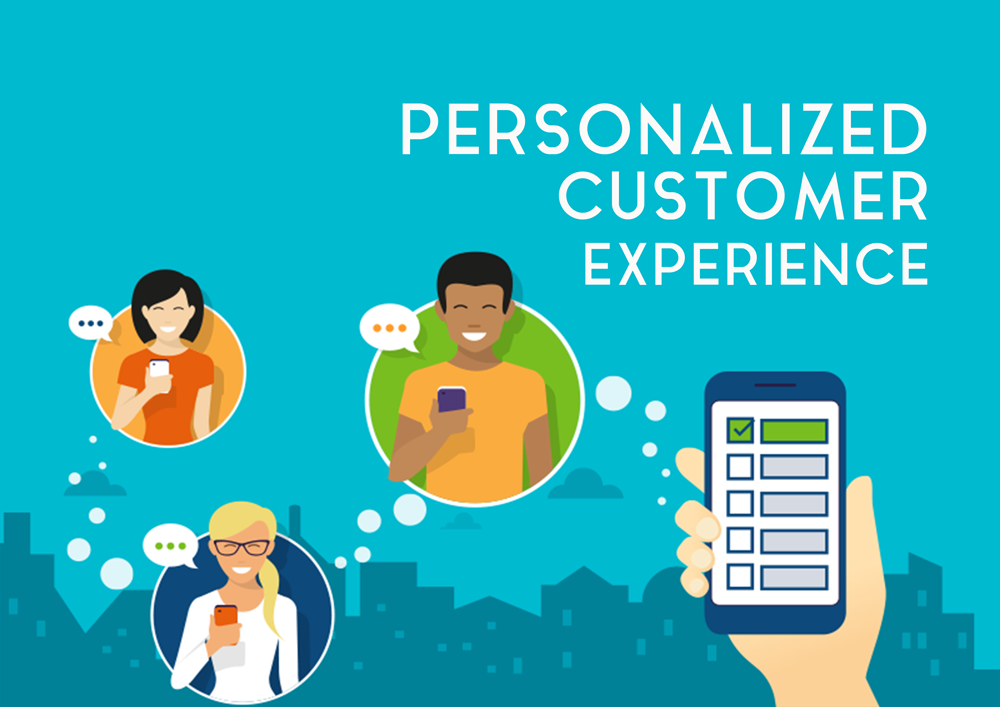The Power of the 3 C's: Communication builds Connection and Community!
The Three C's are the fundamental pillars which are intertwined and crucial for building strong networks. According to Lia Nicole Smith of Satisfacts Research, the 2023 Biennial Online Renters Study showcased effective communication and inclusivity matters in creating a sense of community. She shares, “If Renters feel that information is not transparent or inclusive, or they perceptive a lack of effort to involve residents, it can negatively impact their sense of community. ”
Despite having a variety of technological options available for communication with residents, it seems that technology alone is not sufficient. While software that enables staff to email and text, and AI that can assist in communication content, nothing can replace human to human communication. Only onsite team members possess the necessary knowledge about what is happening on the property. Therefore, as an industry, we must focus not only on how and what we are communicating, but also why we are saying it. It's important for everyone to understand the reasoning behind the message when speaking with residents, prospects, and colleagues. Understanding the "why" in communication is crucial for providing context, inspiring action, building comprehension, and cultivating positive relationships. It contributes to effective and meaningful communication.
Communication: Is the foundation
It involves sharing information, thoughts, ideas, and feelings clearly and openly. Good communication skills help in conveying messages accurately, avoiding misunderstandings, and promoting understanding between individuals or groups. Effective communication isn't merely about transmitting words; it's about ensuring that the intended message is understood. Whether verbal or non-verbal, clear communication is essential for building trust, resolving conflicts, and fostering healthy relationships.
When it comes to Onsite team members and residents, open and honest communication forms the basis of trust. Statistics from 2023 Satisfacts Biennial Online Renter Study shows 71.1% of residents prefer text message, 72% overall prefer Email, and 60.8% prefer a phone call. Truly there is not a reason you can be over communicating with residents. We should be focused on sharing more than “rent is due” to our residents. Other opportunities to build communication updates and progress on capital ex projects, monthly aspects which Maintenance is focused on, landscaping maintenance & improvements, amenity updates. Look for the projects or investments being made around the community in which are not usually communicated.
Connection: The Thread That Unites
Communication lays the groundwork, but connection is the emotional bond that emerges from it. Communication leads to connection. It's the bridge that links individuals. A genuine connection transcends mere acquaintance; it's about truly engaging with others, listening attentively, and empathizing with their experiences. It cultivates a sense of belonging and support, enriching our lives with companionship, emotional sustenance, and shared experiences.
What does connection look like for a community? Onsite team members should be focused on creating experiences, not events.,“WOW” moments even on a one to one bases not just for the entire community at once. This can be accomplished by getting to know each resident and celebrating the moments. Things like: et’s birthday, residents birthday, celebrating a monumental moment for a resident, or even doing something unexpected.
Community: The Tapestry of Togetherness
As connections solidify, residents form the intricate threads of a community. A community is a group of people who share common goals, interests, or values. Effective communication and strong connections among its members are vital for the community to thrive. A healthy community provides support, collaboration, and a sense of belonging for its residents.
Do your residents feel their home is a community? The data speaks loudly. From SatisFacts & ApartmentRatings most recent Biennial Online Renter Study shows residents expectations are not being met. Sense of community remains the #1 driver for perception of value in our latest. The gap between expectation (3.93) and reality (3.34) highlights an area for improvement within the multifamily industry. We must go beyond what "we" feel creates a sense of community, and look to what the residents want and need. We are in the business of hospitality and we must focus on serving the resident.
The interplay between these three elements forms the backbone of society. A breakdown in communication disrupts connection; severed connections weaken communities. Conversely, strengthening communication fosters deeper connections, which in turn fortify communities. In our pursuit of a harmonious and thriving community, recognizing the importance of the 3 C's is paramount. So let's embrace the power of Communication, foster meaningful Connections, and contribute positively to our Communities, weaving a vibrant tapestry of understanding, support, and togetherness.
From Resident Event to Experience: The Transformational Impact.
Community is the most-desired amenity
According to ButterflyBMX recent article, “8 trends to expect in the future” #4 trend, “Community is a most desired amenity. We may not think of Community as an amenity or even connect the dots on the benefit when a prospect is looking. Understanding the scope and effect community has on a resident is important. So much so the NMHC/Kingsley Apartment Renter Preference Report showed that 60% of residents indicated their living space reflects their identity. That is 6 out of every 10 renters, or view it this way: 180 residents of a 300 apartment home.
Community is the most-desired amenity
According to ButterflyBMX recent article, “8 trends to expect in the future” #4 trend, “Community is a most desired amenity. We may not think of Community as an amenity or even connect the dots on the benefit when a prospect is looking. Understanding the scope and effect community has on a resident is important. So much so the NMHC/Kingsley Apartment Renter Preference Report showed that 60% of residents indicated their living space reflects their identity. That is 6 out of every 10 renters, or view it this way: 180 residents of a 300 apartment home.
While a "resident event" is a specific gathering or activity aimed at fostering community engagement and social interaction, the "resident experience" is a broader concept that encompasses the overall quality, satisfaction, and lifestyle provided to residents throughout their stay in a property or community. Residents are not looking at a Pool Party as a specific event, they view the opportunity to have an experience at the community they live at. To the resident it is more.
Cole Cason, Director of Training with LMS Investment Group, shares, “the most important aspect from the property management mindset is retention. Residents are more likely to stay in our communities if they have had a more positive “experience.” He further explains ”most of our friends have never excitedly told us about breakfast on the go, but if the event mindset is changed and slightly more geared towards creating a lasting memory/experience, those tend to be the ones we all remember, and that pulls us to want to stay at that business or community.” One of his communities took the idea of the traditional Donuts on the Go and created an ”Experience” where the residents participated in stacking the most donuts and go for the Guinness Book of World Record for highest stack of donuts. As a resident, who wouldn’t want to participate in this experience? Residents who didn’t have a chance I am sure missed out and those that did participate had the opportunity to build something special with their neighbors and create community.
We as an industry have some ground to make up, especially since COVID. Community life and social connectedness is central to our health and wellbeing. We need efforts to build and rebuild community life post-pandemic. The significance of an experience often lies in its ability to evoke emotions, create memories, facilitate connections, or provide unique and beneficial outcomes.
The value of an experience is multifaceted but three that are connected to resident retention (renewals)
Emotional Impact: Experiences often evoke emotions, memories, and connections, which can greatly influence a residents perceived value. Positive emotions associated with an experience, such as joy, satisfaction, or fulfillment, contribute to its worth.
Memorable and Unique Aspects: Unique or extraordinary experiences tend to hold higher value. The distinctiveness, rarity, or memorability of an experience can enhance its perceived worth.
Social and Relational Value: Experiences shared with others or those that foster connections and relationships often hold considerable value. Social experiences that create bonds or strengthen connections can be highly valued.
The direct impact on a resident experience is resident retention. Since 2013, SatisFacts national survey asks residents the number 1 reason for renewing and every year since then Sense of Community is at the top year after year. Enhancing the resident experience is key to improving resident satisfaction and retention. As you look at your resident retention strategy for 2024, lets work together to be creative and create experience and not just events. We can be creative even within a budget, it just takes a bit more planning than throwing something together last minute. Innovation is Key! Connect with me if you’re interested in partnering together.
What is Missing from MultiFamily Community Curb Appeal
In the last 5 years, Multifamily constantly talks about digital curb appeal, however over the last 5 years has digital curb appeal really changed? Has communities or management companies really made any changes? If everyone is doing the same, and the prospect is wanting and needing something different, why haven’t management companies changed their direction.
In the last 5 years, Multifamily constantly talks about digital curb appeal, however over the last 5 years has digital curb appeal really changed? Has communities or management companies really made any changes? If everyone is doing the same, and the prospect is wanting and needing something different, why haven’t management companies changed their direction. I most recently came across an article discussing the 4 ways to improve your digital curb appeal and after a conversation with an industry friend, Chris Arnold, with Authentic, a full-service creative partner in the Multifamily industry, we began talking more in depth on what this digital curb appeal should or could look like.
The four ways shared in the above article are no doubt a must have, we have been talking about reviews, google profiles etc for the last 5 years however I think they are additional ways companies can stand out as every website has been incorporating these over the last 5 years.
Everyone is essentially fighting to gain the same prospect, but we must change our minds when it comes to curb appeal. We must incorporate ways to go beyond listing amenities in a list on a website. Prospects are just as interested to understand the services which also need to be showcased. Services are different than physical amenities which communities have always focused on. How does a community bring the prospect to understand the services when services is not a physical amenity like a pool or a dog park?
Below I share 4 additional ways companies can and should partner with their vendors to enhance their digital curb appeal and really stand out.
Recorded Videos - Companies like Realync allow communities to bring the personalization and human to human emotional connection to prospects. To truly invite prospects into the community, share the community experience, stand out from their competition. It is not the same anymore to offer a 3D walk through of a community, but to see beyond the apartment and into what is would feel like to live there. Why not use video beyond social media and create a space for videos of resident testimonials, onsite testimonials, and tours and even share property updates on the community website. Change out these videos monthly, so those that return to a communities website can see things in realtime.
Ancillary Services - We are seeing more and more communities add ancillary services like Valet Trash, (Valet Living) Package Management (Fetch) and Smart Technology (SmartRent) to their communities as it is something that not only brings value to owners/management Companies and onsite team members, but residents are looking and seeking experience that make their daily life easier. If done correctly, Management Companies should look at ways to share these companies on their digital curb appeal. All of these and more brands are partnering with companies and are an extension of the communities brand. One thing that is common is customer support is being held through these partners, directly available to the resident, so why not showcase and build the brand in the digital curb appeal. Most onsite leasing teams talk about these services when a prospect interacts with them, but why wait until then? Let’s take one step back and showcase these services loud and proud on the digital front. The journey for the prospect has changed and starts 6 steps back than it did 5 years ago.
Detailed Sitemaps - Community sitemaps are another one (Engrain and Pynwheel) are just a few out there however enhancements like these are a must, many do have them, but I would include them in the top 4 must have in 2022. Prospects want to see again in detail before they even arrive at the community, what they may see out their windows, where their apartment may be within the community etc.
Distance to Downtown - Interesting Marriott for example showcases their distance to the nearest city, I think this is a really cool feature as Marriott is not just showcasing their hotel, but the experience of what is outside the physical hotel. In our world, we are also selling the community, like shops, downtown or what is closest that may be found of interest to the prospect.
Overall, digital curb appeal has to change. Digital curb appeal is no different than a website outside our industry. When we look at other industries like hospitality how have they showcased their experiences, added services for their guests to enjoy? Marriott also doesn’t call their amenities, amenities, they refer to them as experiences. A small change in verbiage can also go along way when trying to adapt to what the prospect is looking for in their next apartment home.
Customer Service Personalization is needed for Prospects and Residents
Over the years technology has become a must have not only in every aspect of the onsite teams daily job but the prospects and residents living experience. More demands coming at all angles, which leads to the question, how can onsite teams and management companies still continue to focus on personalizing customer service? What should management companies focus on to help create experience differentiators and why is it important?
Over the years technology has become a must have not only in every aspect of the onsite teams daily job but the prospects and residents living experience. More demands coming at all angles, which leads to the question, how can onsite teams and management companies still continue to focus on personalizing customer service? What should management companies focus on to help create experience differentiators and why is it important?
Why the customer service experience must be a blend of tech and in person.
Today nearly all communities will send some form of survey after the fact — when a prospect or resident’s experiences and journey already ended. Communities must change their approach as solely relying on this approach prevents management companies from identifying and correcting issues as they are happening. For example, current surveys have always been reviewed after the prospect has toured the community, however using strategies like frequent engagement through observed behavior, listening strategies and direct feedback on social channels is something companies must start to incorporate. Another great example would be mid tour surveys during a prospects tour are critical avenues for engaging customers and ensuring near-flawless experiences that elevate satisfaction and loyalty. The journey to finding a new home is a combination of in-person and digital experience and multifamily industry must find a balanced blend.
The rising expectation of successful customer experience includes two things: convenience and personalization.
If a company is ignoring signals or failing to capture certain signals, they may be leaving critical insights and opportunities on the table. Collecting resident feedback across every channel and every touchpoint where appropriate is key. Communities must think about the entire experience a resident is receiving and not just a single moment in time. For example: Just taking the feedback from a service request is just feedback from one moment in time, not the entire residents experience which may also lie in social channels, portals reviews etc. “Uncover the right data and you’ll build a robust, segmented customer profiles that allow your brand to create unique, welcoming, and effortless experiences not only for current residents, but future residents.” (1)
Multifamily Industry in one aspect has not changed over the years, being service-oriented. If anything over the years this multifamily industry has increased in being service-oriented, which places a lot of pressure on onsite employees.
In a crowded industry, how does a management company enhance the residents experience while creating less pressure for onsite employees? We already know the old age 1 to 100 model is out dated and in addition to scrapping this model, management teams, must re-evaluate the work load per employee as it directly affects the service the residents are receiving. Listening to employees concerns, and engaging them on frontline decisions gives employees a stake in their own work. Remembering onsite team members have the most authentic and first hand feedback regarding processes and changes, some that may have worked and some that may have not. These insights are ones that need to be taken into consideration along with the software reporting metrics as reports will not gather everything that is needed to make the best decision.
How does Multifamily Industry move the dial and improve customer service with personalization?
In a most recent article by Medallia, they point out “most companies, regardless of the industry — from retail to life sciences — can become obsessed with direct competition, comparing strategies and operations in order to gain an edge.” This couldn’t be more true in multifamily. It has been seen over the years when one management company chooses to add an amenity, then most competitions will do the same. It seems the age old competitor weekly survey is still around as properties are very tunnel vision, focused on what everyone within our industry is doing. The unique approach with stepping outside our industry and looking at brands in other industries can and will give management companies a fresh lense on how they can improve their customer service with personalization. Hospitality is one industry that closely aligns and one that Multifamily should look to in order to dial in and improve not only customer service, but with personalization
(1) Source.
How to Conquer Working From Home During COVID-19
COVID-19 has forced many renters out of the office and into a work-from-home situation and renters have had to adapt. What we’ve seen in every round of our COVID-19 National Renter Study, is an increase of renters working from home who have no idea when they will be allowed to return to work.
COVID-19 has forced many renters out of the office and into a work-from-home situation and renters have had to adapt. What we’ve seen in every round of our COVID-19 National Renter Study, is an increase of renters working from home who have no idea when they will be allowed to return to work. According to our overall study, only 38% are working from home however 86% don’t know when they will go back which leads to renters facing challenges working from home. The top 3 challenges renters are currently facing are a normal workday schedule, no dedicated space, and not used to working from home, none of which probably come as a surprise.
A normal workday looks so different since COVID-19. When it comes to facing the workday schedule while working from home, many distractions pop up. Focusing on keeping the same parameters as if you were still in the office is a huge help. Using Social Media to reach residents in helping them carve out a break for a few minutes will go along way. Posting reminders to stand up and stretch or take a walk around the community will lead residents to feel the workday schedule is as normal as possible. Even offering lunch to be delivered from a local restaurant to a resident’s home is a great gesture and allows residents to feel their workday is as normal as it was prior to COVID-19.
Although no dedicated space is most definitely a struggle for many renters creating a workspace in a small apartment is possible, it just requires a bit more creativity. The need for an effective home office is a trend that won’t go away anytime soon and we must help support or residents on this new way of working. Establish a specific work corner, a work chair, or desk. Residents should remember to keep the same dedicated space for work every day; switching locations daily can cause your brain to not be in work mode and really lead to distractions. Offering current residents to post their creative workspaces on a resident portal or on social media can help other residents who struggle with no dedicated space.
Renters are just not used to working from home. For years renters have not had to think about sharing their living space with their day job. There has always been a very well-defined line of when between work and home life, however now renters are struggling with separating work from enjoying the comfort of their home. Remind residents to put their work away at the end of the day by shutting down laptops and even turning phone notifications off can help create the same effect as “leaving the office”. Create social distanced community events that allow residents to leave their work at the end of the day and enjoy something outside of their apartment home.
-Featured on SatisFacts
Does Your Prospects’ Perception of the Community Meet Reality?
It’s not surprising that 84.5% of renters who participated in our 2019 Online Renter Study said they researched online before reaching out to a community. With a variety of online resources available to renters, the tour now comes down to a simple means of verifying what the renters have seen online. Renters are wondering “Do the pictures I am looking at online truly represent what will be seen when I get there?” when starting their renting journey.
SatisFacts research clearly demonstrates that the perception of value is the #1 driver for rental likelihood. What drives the perception of value for those in need of a new home? It is driven by the appearance and condition of your community. (Read more: Maximizing Apartment Value for Residents through Maintenance)
Renters have developed a mental picture of the community based on what they’ve seen and read online. Those communities which are able to show tangible proof, the mental picture is in fact, the reality, are one step closer to securing the lease. In order to increase renters likeliness to rent, your onsite team members must remember how the experience is from a renter’s perspective. Renters are on a journey every time when they decide to tour a community. Ask yourself: What is your role during their journey? Are you adding to their stress and anxiety of finding a new home or easing their burden?
A renter’s visit can be broken up into scenes, looking something like below:
Scene 1 – Driving to the community (neighborhood, location)
Scene 2 – Finding a parking space (ease of parking)
Scene 3 – Walking into the leasing office (landscape, clean, welcoming)
Scene 4 – Communicating with onsite staff (friendly, open, undivided attention)
Scene 5 – Touring the community with the staff (clean, presentable, working Order)
Scene 6 – Touring the new home with the staff (ease of living, appliances/fixtures)
Scene 7 – Returning to leasing center ( experience, knowledgeable, relatable, the perception of value)
Scene 8 – Leaving the community (can I see myself living here?)
During each scene, it’s important to ask yourself, what the renters are thinking. Every step of their way, the renters are reviewing the physical aspects of the community and comparing them to what they saw online, in hopes that their perception meets reality.






